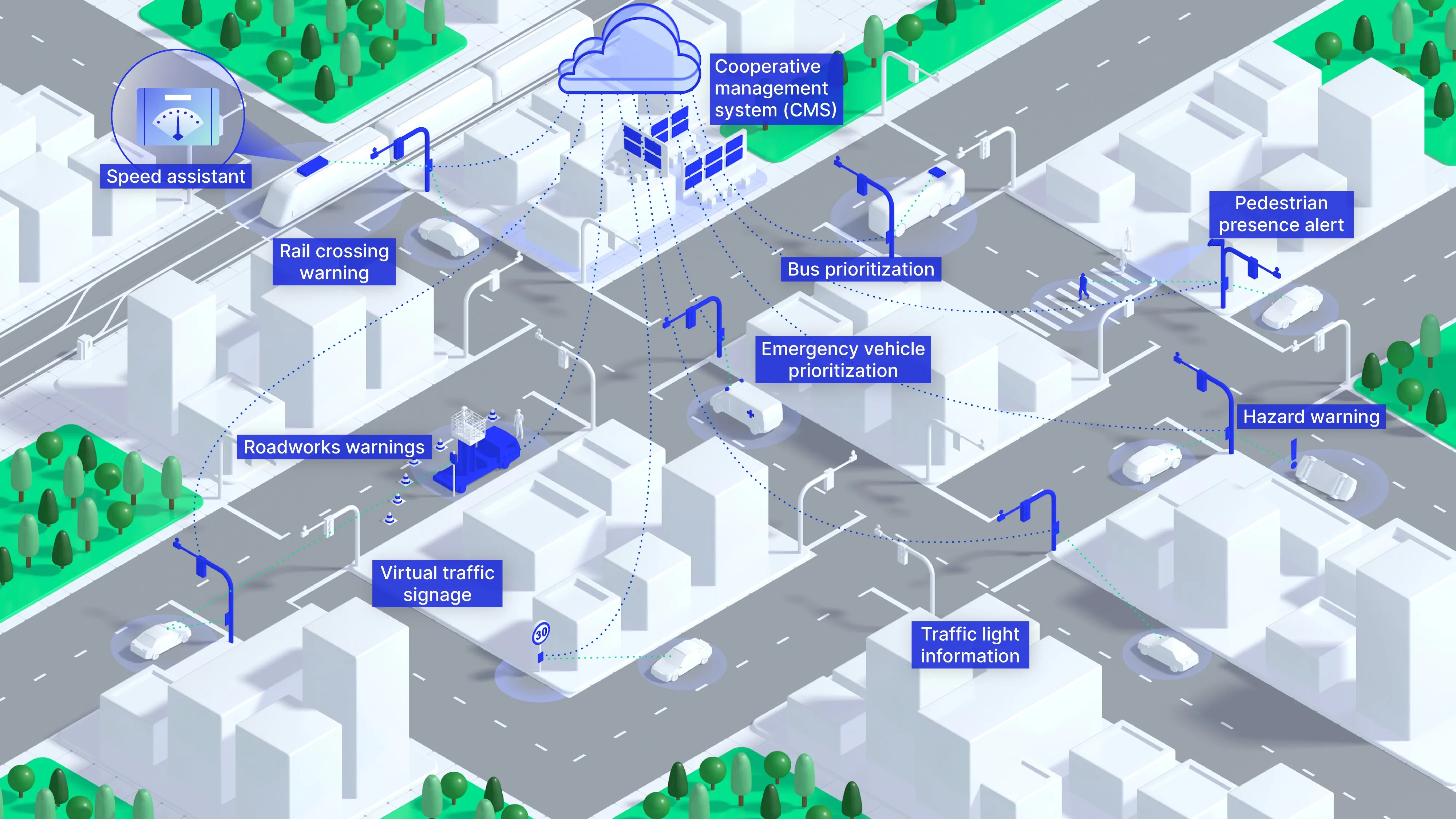
Yunex Traffic has launched in the US its Yutraffic Studio, a cloud-based advanced traffic management system.
The company said that Yutraffic Studio offers high-quality planning, monitoring and optimisation tools. It also addresses demands from IT departments for security and scalability that can be found in cloud deployments and a Software as a Service (SaaS) environment.
The system can “ingest massive amounts of local and third-party data”, including information directly from connected vehicles. Real-time data from connected vehicles is quickly becoming the most comprehensive and reliable source of timely information, with significant and expanding potential for the future.
The new platform also offers users digital twin and predictive capabilities when they upgrade with Yutraffic Insights’ intersection optimisation analytics and Aimsun’s simulation and predictive forecasting engine.
“The question is no longer how much traffic can we push through a specific corridor, it’s how do we want to use that corridor, and which modes of mobility do we want to use,” said Michael Gaertner, head of product and systems for Yunex Traffic US. “Whether you want to address traditional vehicles, pedestrians, cyclists, transit, or all of them, Studio answers those questions.”
Yutraffic Studio will be offered as a SaaS solution, future-proofing customers who plan to expand their networks as transportation technology and local needs evolve. The platform is also modular so agencies can add monitoring or analysis capabilities as they need it.
“This is the ultimate in scalability”, said Gaertner. “It’s the perfect solution for small agencies who don’t want to get left behind, and large agencies who want the most comprehensive data and analytical capability today.”
He expects that input from customers will continue to influence Studio as it evolves. “Incorporating lessons learned is not a one-time thing. We will continue to talk with our clients to make sure Yutraffic Studio is growing with them, to always meet their needs.”
To navigate the complexities of cybersecurity, Yutraffic Studio has dual authentication protocols while offering access whenever and wherever users need it. Traffic managers can access Studio from desktops at a traffic management centre or remotely through an iPad or similar device. “This level of sophisticated technology requires equally sophisticated cyber protection,” said Gaertner.
The company says that current customers, many of whom participated in research to develop Studio, will have a direct path to upgrade from existing Yunex Traffic ATMS products to the new platform.










